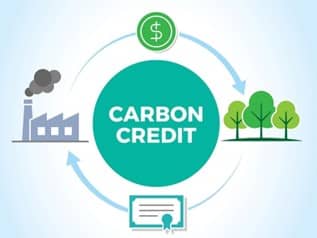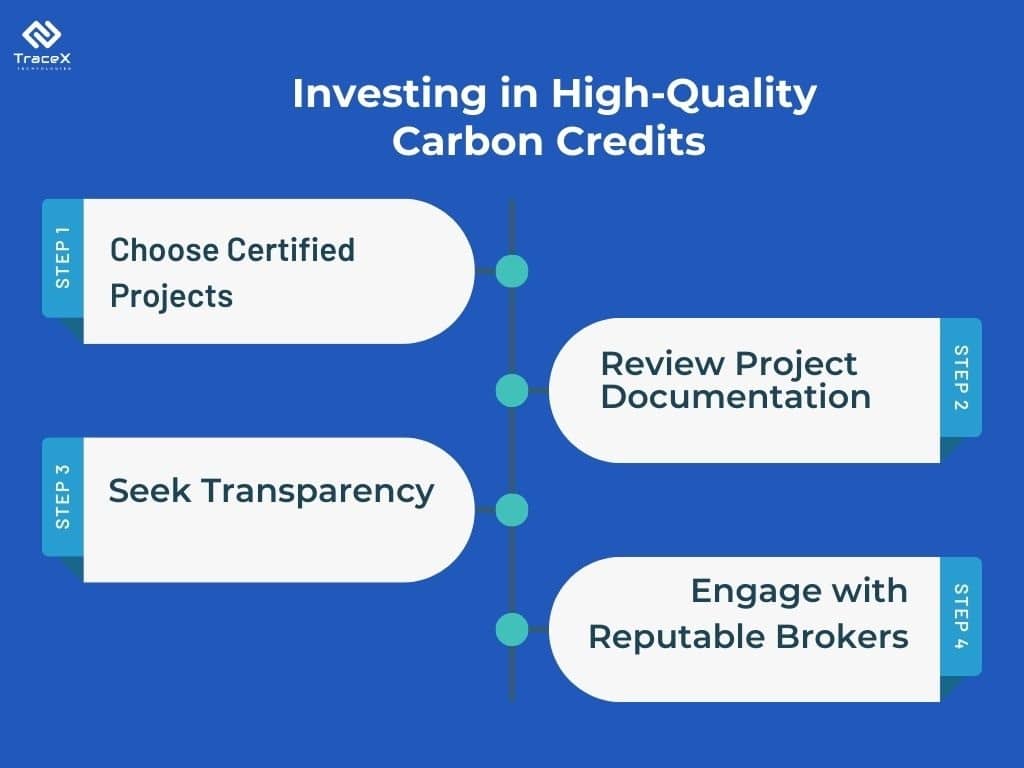Enhanced Accuracy and Reliability
Digital MRV (Measurement, Reporting, and Verification) platforms utilize advanced technologies such as sensors, satellite data, and automated analytics to provide highly accurate and reliable measurements of emissions reductions. This ensures that the carbon credits issued are based on precise data, enhancing their credibility and effectiveness.
Streamlined Certification and Verification
Digital MRV platforms streamline the certification process by automating data collection, analysis, and reporting. These platforms facilitate real-time monitoring and provide detailed documentation, making it easier for projects to meet certification standards and for verifiers to assess compliance efficiently.
Improved Transparency and Traceability
Digital MRV platforms offer enhanced transparency by providing a clear audit trail of data and activities. Blockchain technology, often integrated into these platforms, ensures that all transactions and data entries are immutable and verifiable, thereby preventing fraud and double counting of credits.
Real-Time Monitoring and Reporting
Digital MRV platforms enable real-time monitoring of environmental projects. They use IoT sensors, satellite imagery, and other technologies to continuously track emissions reductions and project performance. This up-to-date information ensures that the data used to issue carbon credits is current and accurate.
Data Integration and Analysis
Digital MRV platforms integrate data from multiple sources into a centralized system, facilitating comprehensive analysis. Advanced analytics and machine learning algorithms help identify trends, validate emissions reductions, and optimize project performance, leading to higher-quality carbon credits.
Enhanced Project Management and Efficiency
Digital MRV platforms improve project management by automating many of the administrative tasks associated with carbon credit projects. This includes scheduling, documentation, and compliance checks, which enhances overall efficiency and reduces the risk of errors or delays.
Support for Small and Emerging Projects
Digital MRV platforms provide scalable solutions that are accessible to smaller and emerging projects. By offering affordable and user-friendly tools for monitoring and reporting, these platforms enable a wider range of projects to achieve certification and produce quality carbon credits.
Facilitating Stakeholder Engagement
Digital MRV platforms enhance stakeholder engagement by providing clear, real-time access to project data and performance metrics. Interactive dashboards and visualization tools help stakeholders understand the impact of their investments and the effectiveness of carbon credit projects.
TraceX’s Digital MRV (DMRV) platform revolutionizes carbon credit management by offering a comprehensive solution for accurate, transparent, and efficient measurement, reporting, and verification. Utilizing advanced technologies such as real-time monitoring, blockchain for traceability, and integrated data analytics, TraceX ensures that carbon credits are based on reliable data and meet high standards of certification. This platform not only streamlines the compliance process but also enhances the credibility of carbon credits, making it easier for businesses to achieve their sustainability goals and contribute effectively to climate action.



